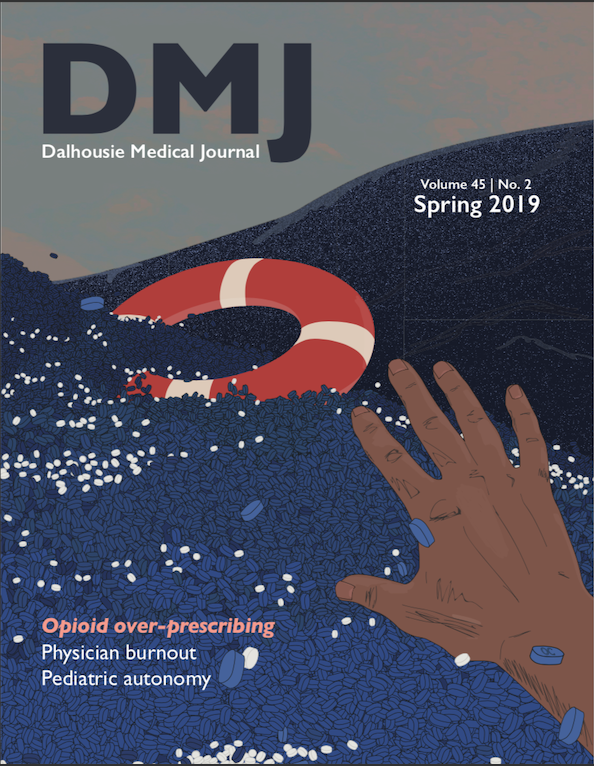Male catheter insertion simulation using a low-fidelity 3D-printed model in undergraduate medical learners
DOI:
https://doi.org/10.15273/dmj.Vol45No2.8998Abstract
Urinary catheter insertion is one of the most widely performed procedures in a clinical setting. Inexperienced cath- eterizations constitute a high percentage of urethral trauma in hospital settings, with as high as 75% of comorbidities related to inaccurate insertion. Simulation training can help learners feel more confident, shorten the learning curve, and provide a safe learning environment for novices to make, and learn from, mistakes. Three dimensional (3D)- printed simulation models are as effective as commercially available models for novice learners, and have the benefits of being inexpensive, anatomically correct, portable and can be easily modified and rapidly produced as needed. A 3D-printed male urinary catheter insertion simulation model, designed by MUNMed 3D, was offered to Memorial University medical students as part of pre-clerkship procedural training. Fourteen students were provided with a checklist for the procedure and the 3D-printed urinary catheter insertion simulator, and following the simulation, were asked to complete a 5-point Likert survey on their experience.The average self-reported skill before using the model was 1.29 (out of 5), which increased to 3.21 (out of 5). All 14 respondents selected either “agree” or “strongly agree” for the following four survey items: the simulation was an accurate anatomical representation, they would prefer learning on this simulation model before performing this procedure, they would recommend the model to other learners, and they found this model beneficial overall. Simulation training with a 3D-printed urinary catheter insertion simulator allows trainees the opportunity to become confident and familiarize themselves with the procedure before performing it on a real patient.
Downloads
Published
How to Cite
Issue
Section
License
Authors who publish with this journal agree to the following terms:
- Authors retain copyright and grant the journal right of first publication with the work simultaneously licensed under a Creative Commons Attribution License that allows others to share the work with an acknowledgement of the work's authorship and initial publication in this journal.
- Authors are able to enter into separate, additional contractual arrangements for the non-exclusive distribution of the journal's published version of the work (e.g., post it to an institutional repository or publish it in a book), with an acknowledgement of its initial publication in this journal.
- Authors are permitted and encouraged to post their work online (e.g., in institutional repositories or on their website) prior to and during the submission process, as it can lead to productive exchanges, as well as earlier and greater citation of published work (See The Effect of Open Access).


